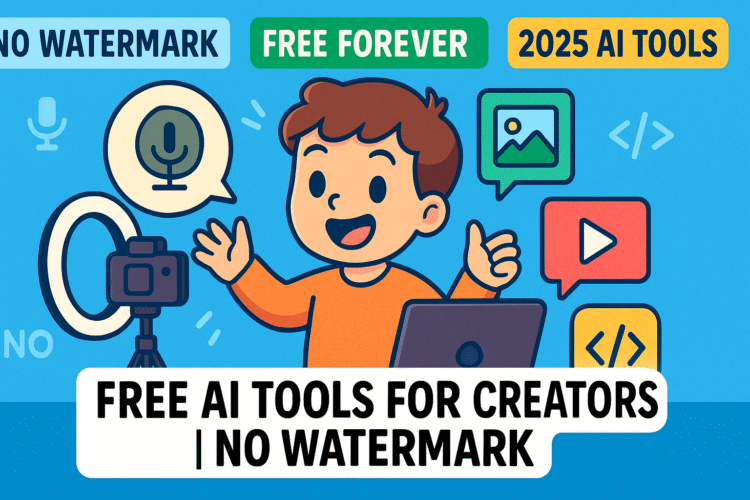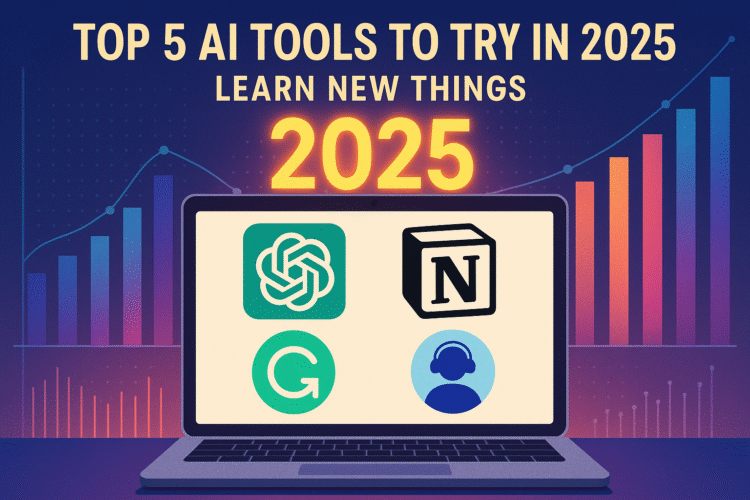
How the Internet Works (Step-by-Step Explanation)
Every time you type a website like learnnewthings.fun into your browser and press Enter, a lot happens behind the scenes in milliseconds.
Let’s break it down 👇
🧑💻 Step 1: You Type a URL
You open Chrome and type:
https://learnnewthings.funThis is called a URL (Uniform Resource Locator). It tells the browser:
- What protocol to use (
https://) - Which website to visit (
learnnewthings.fun)
🧭 Step 2: DNS Lookup
Your browser needs the IP address of the website’s server (like its phone number).
It contacts a DNS Server (Domain Name System), which works like a giant internet phonebook.
📌 Example:
learnnewthings.fun → 192.0.2.145Now the browser knows where to find the server.
🚀 Step 3: Browser Sends a Request
Using the IP address, your browser sends a request to the web server.
It says:
“Hi! I’m a browser. Please send me the homepage of learnnewthings.fun”
This request is made using HTTP or HTTPS protocol (secured).
🖥️ Step 4: Web Server Receives the Request
The request reaches the web server that stores the files of the website.
The server checks which page you asked for (like index.html, home.php, or blog.php)
Then it prepares the files and sends them back to your browser.
📦 Step 5: Data Travels via Packets
The data (HTML, CSS, JS, images, videos) is split into small packets.
These packets travel across the internet:
- Through fiber cables
- Via routers and switches
- Across countries in milliseconds 🌐
Once they reach your device, your browser reassembles them correctly.
🧠 Step 6: Your Browser Renders the Page
Now your browser takes all the files and:
- Reads the HTML to build the structure
- Applies CSS to style it
- Runs JavaScript to make it interactive
✅ You finally see the fully loaded webpage.
This entire process takes less than 1 second!
🗺️ Diagram Summary (URL to Page Load)
[You] → [DNS] → [Web Server] → [Data Packets] → [Browser] → [Webpage Loaded]Key Technologies Involved
| Tech | Role |
|---|---|
| DNS | Converts domain names to IP addresses |
| HTTP/HTTPS | Communication protocol between browser and server |
| Web Server | Stores website files (HTML, CSS, JS, etc.) |
| IP Address | Unique ID for each device/server on the internet |
| Browser | Converts code into visual webpage |
🧠 Fun Fact
Google loads results for most searches in under 0.3 seconds, even though it contacts thousands of servers per search. ⚡
🎓 Simple Real-Life Analogy
- URL = Restaurant Name
- DNS = Google Maps finding its address
- Request = You placing an order
- Server = Chef cooking the food
- Browser = Waiter serving the food
- Webpage = Final meal on your plate 🍽️
✅ Summary
| You Learned Today |
|---|
| ✅ What happens when you enter a URL |
| ✅ DNS, HTTP, and IP explained |
| ✅ How browsers and servers communicate |
| ✅ How your website is finally displayed |
💬 Comment Prompt
💬 Did this post help you finally understand how websites work behind the scenes?
Ask any questions below, or join our chat for real-time help!
📥 Join the community → @LearnNewThingsHub
![]()


